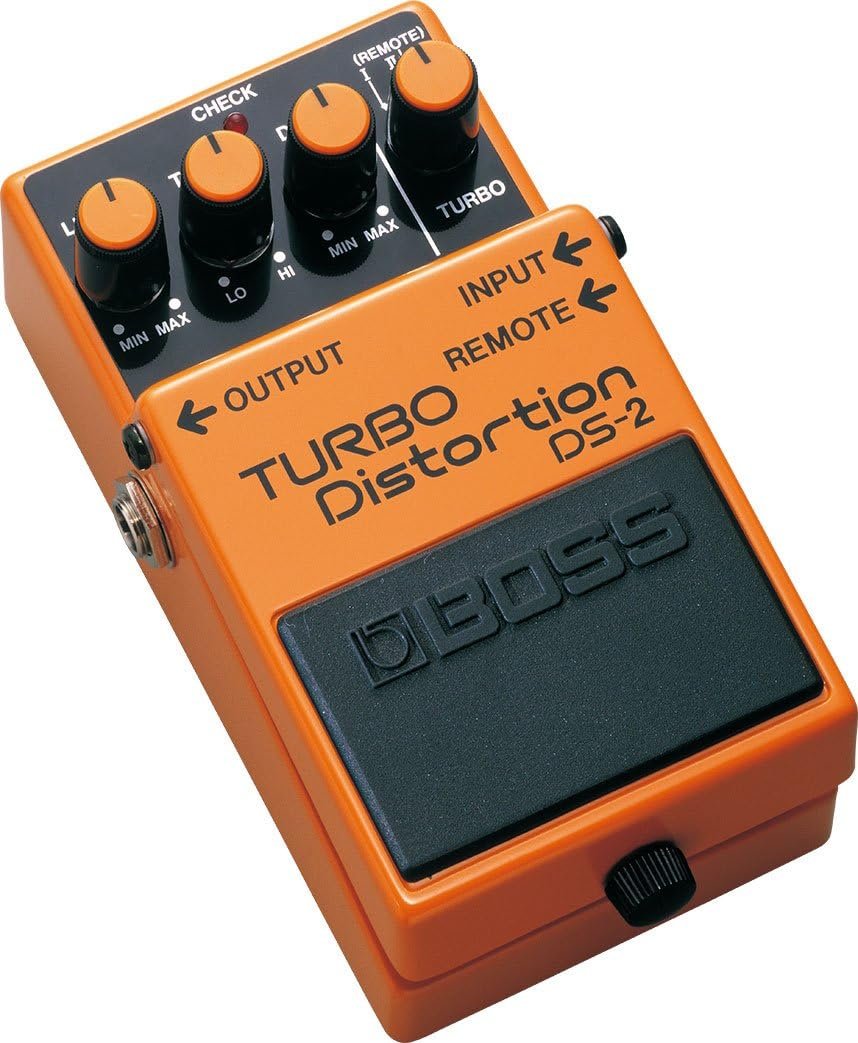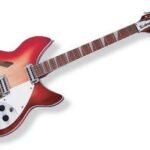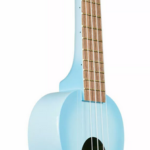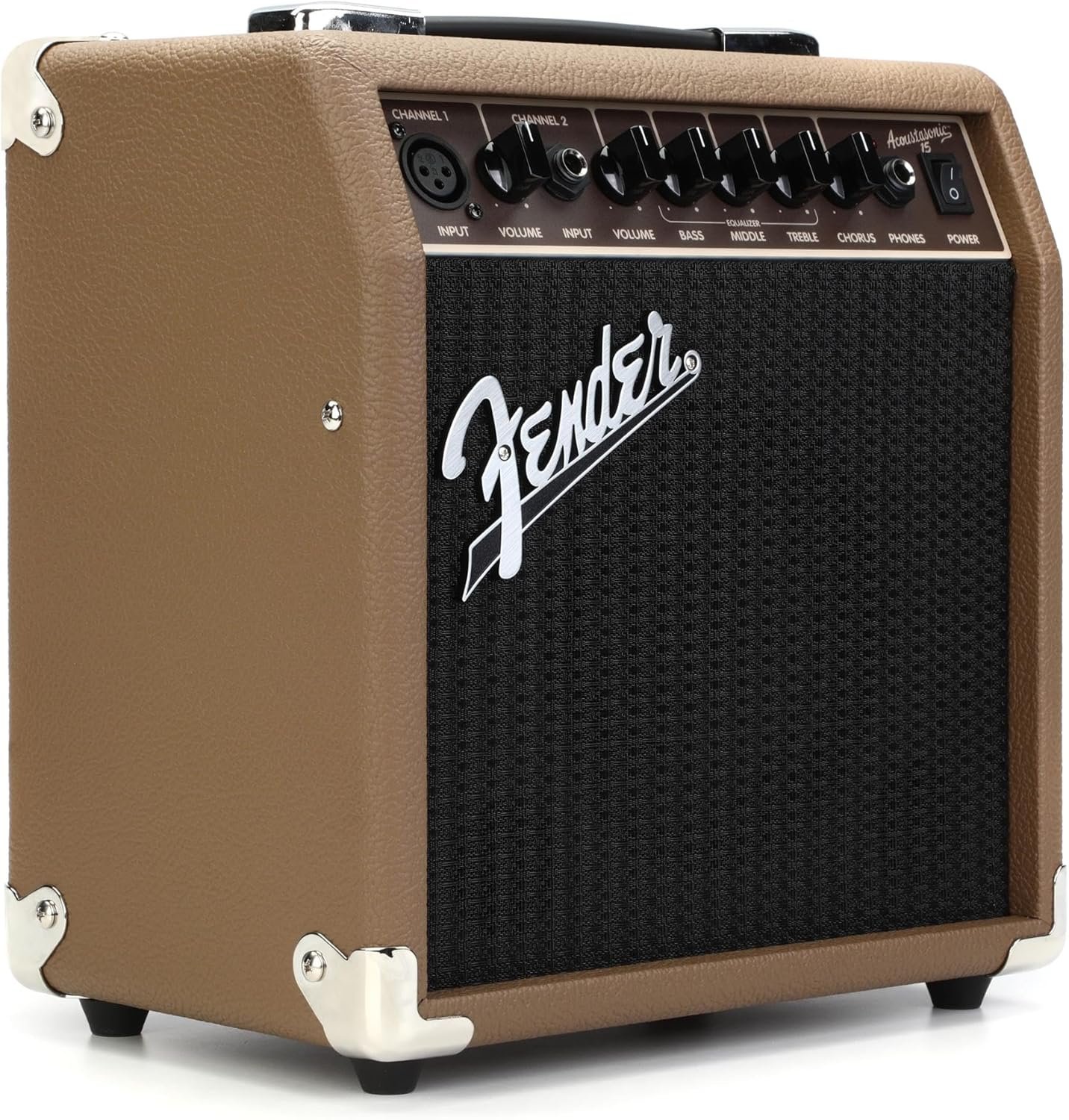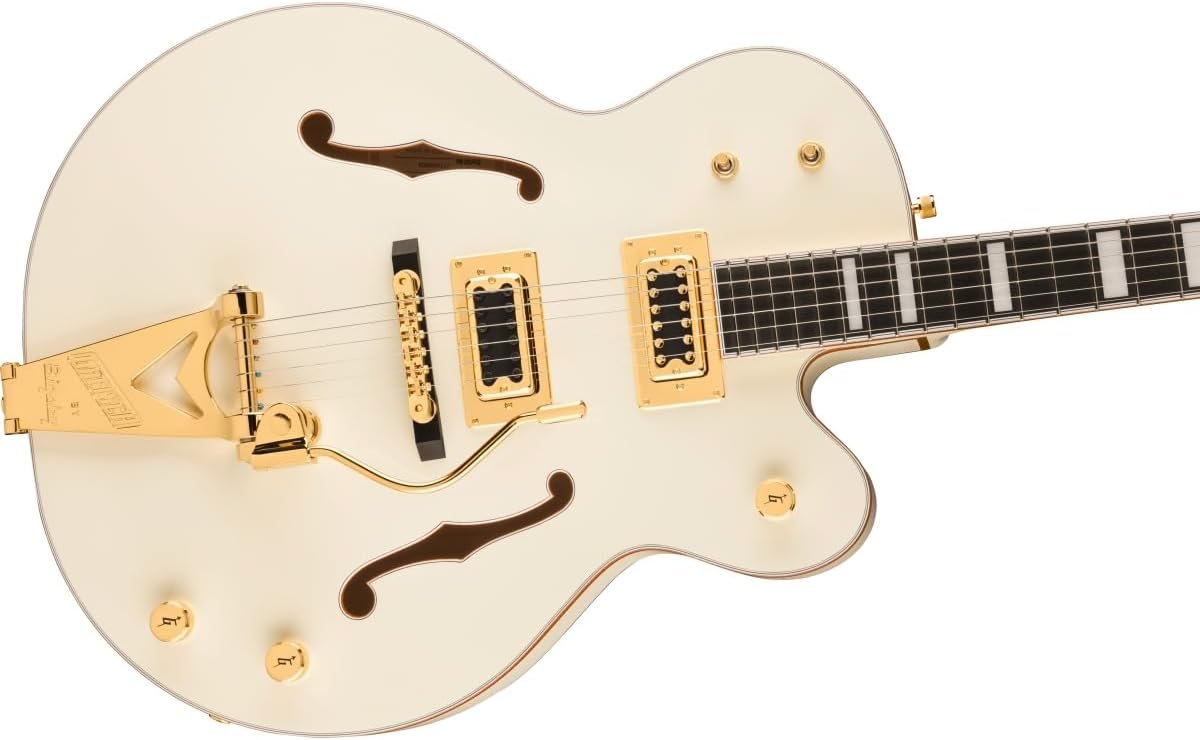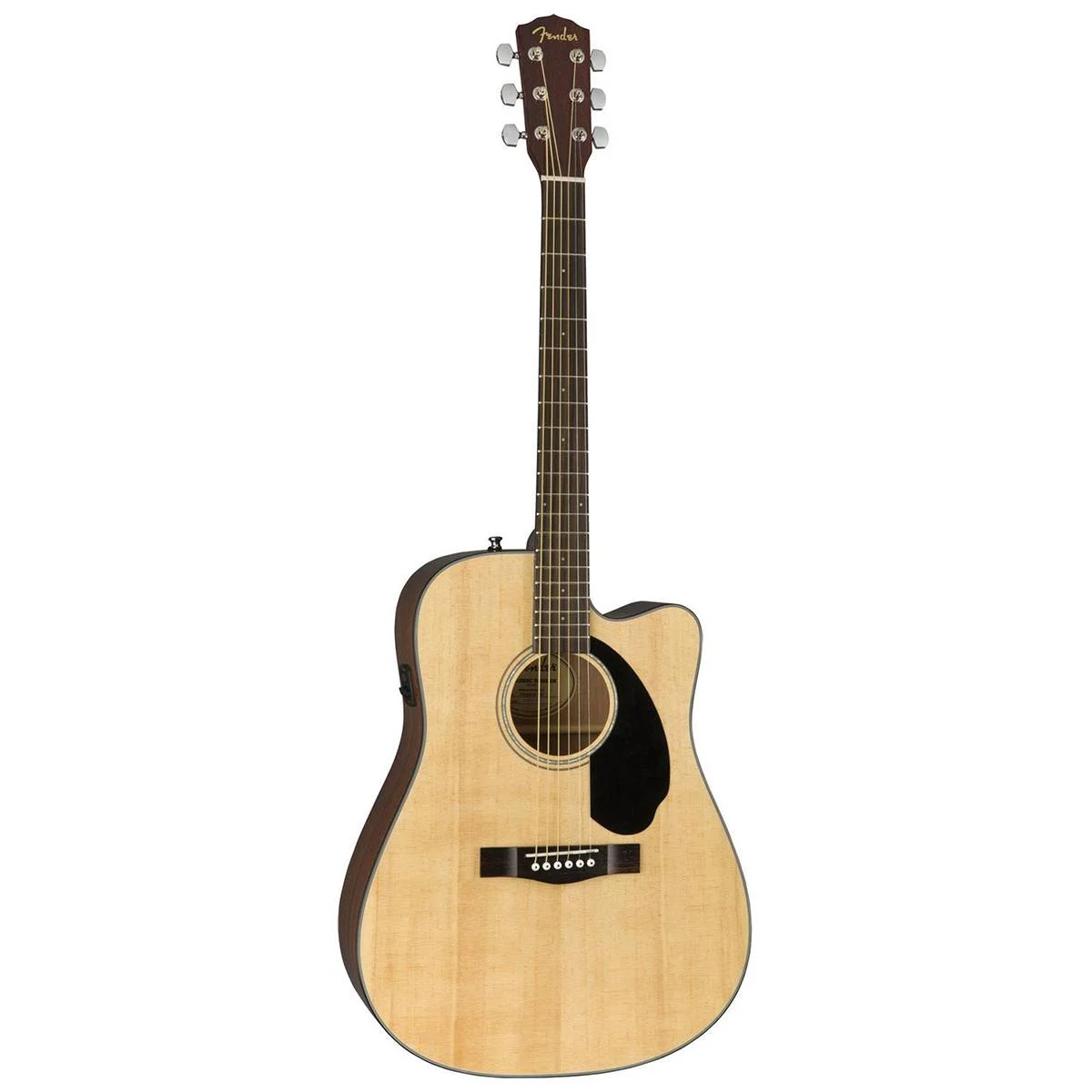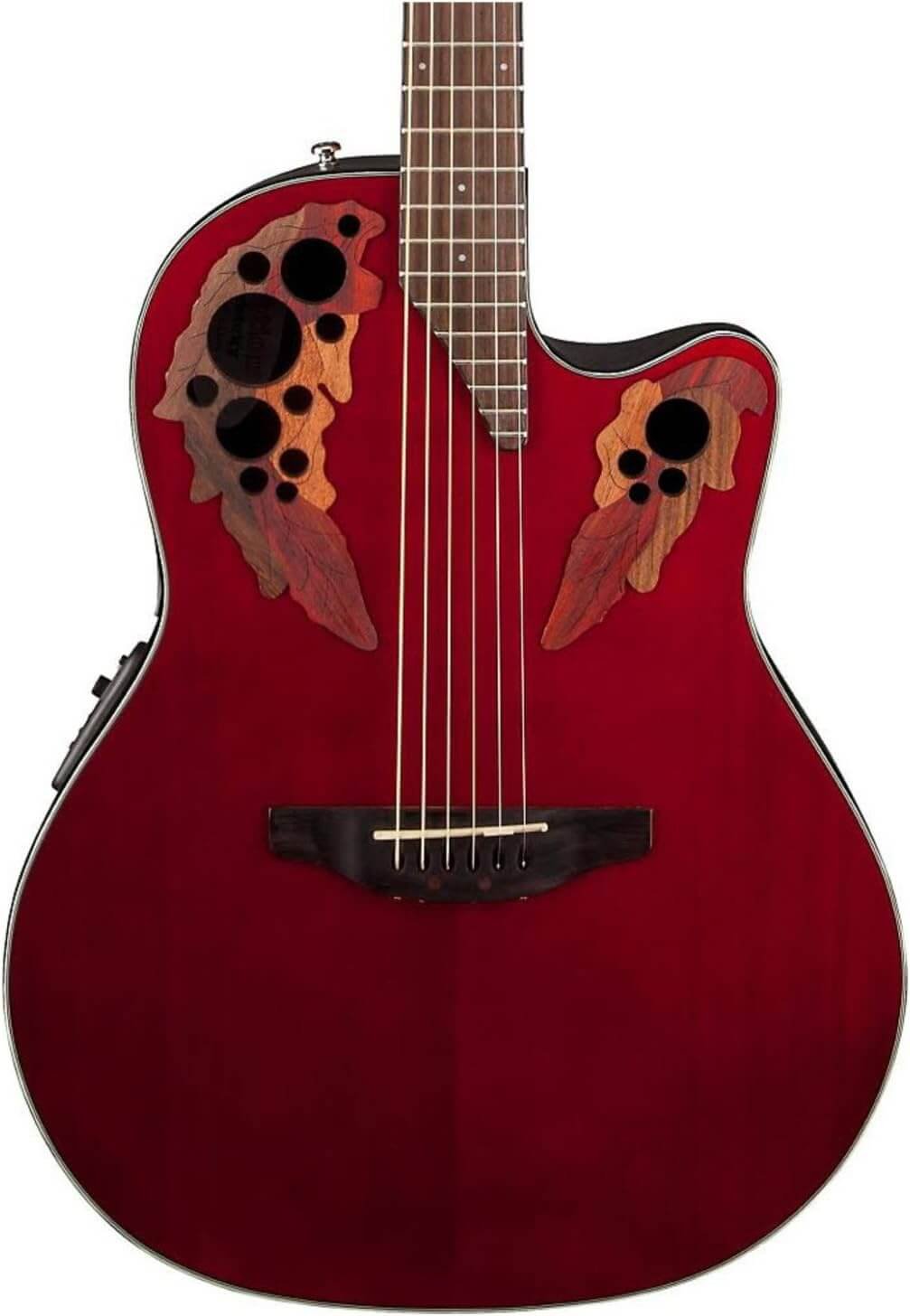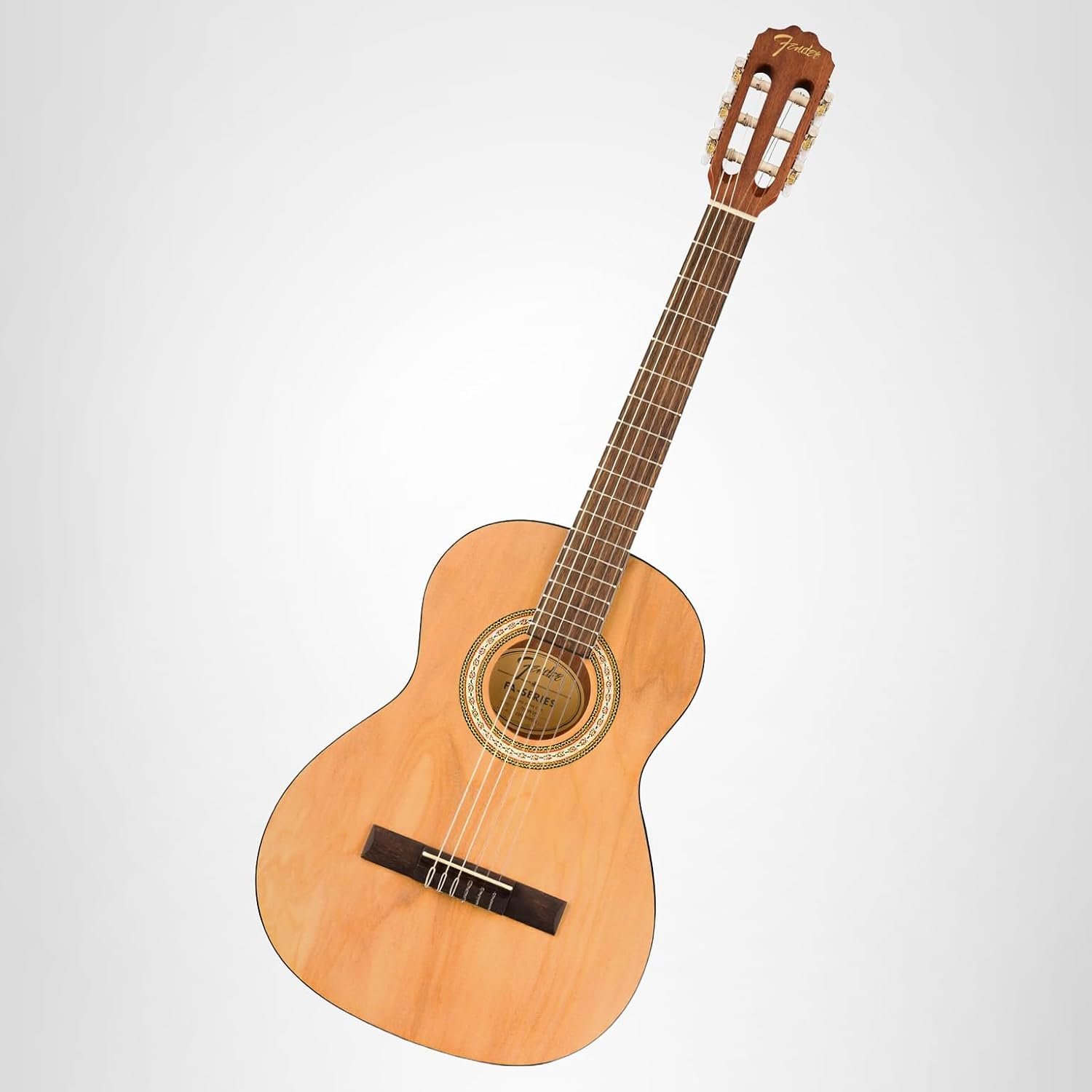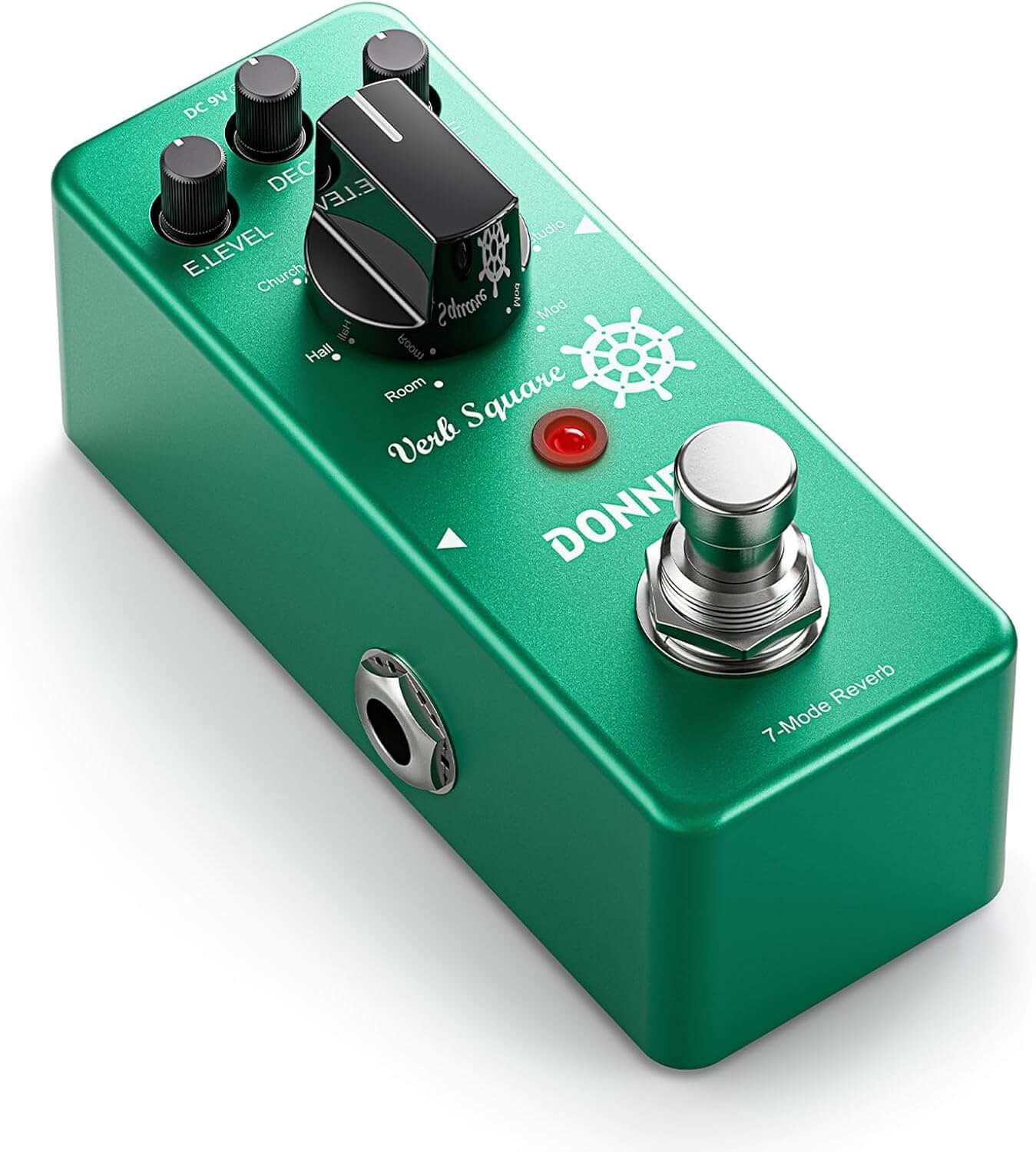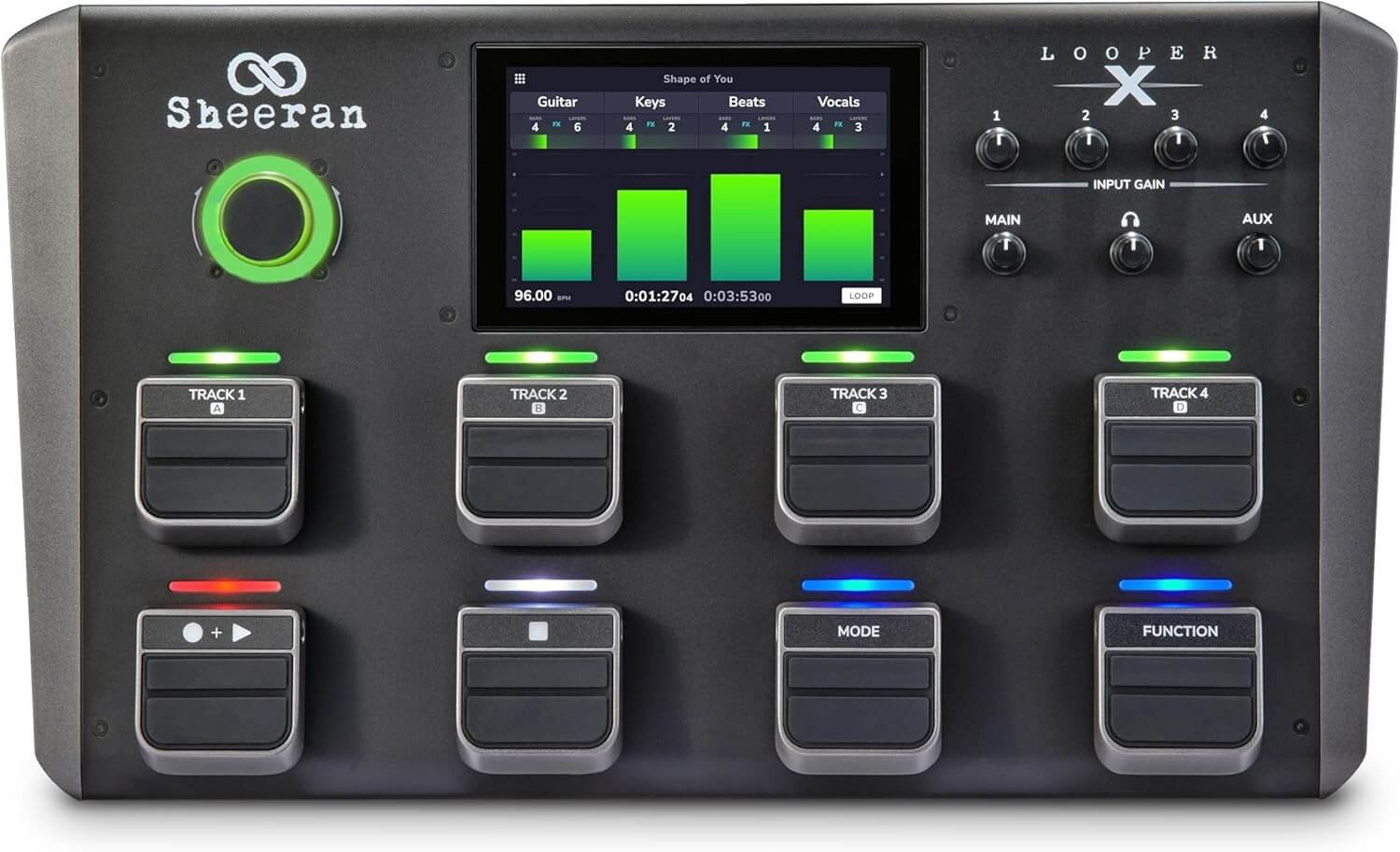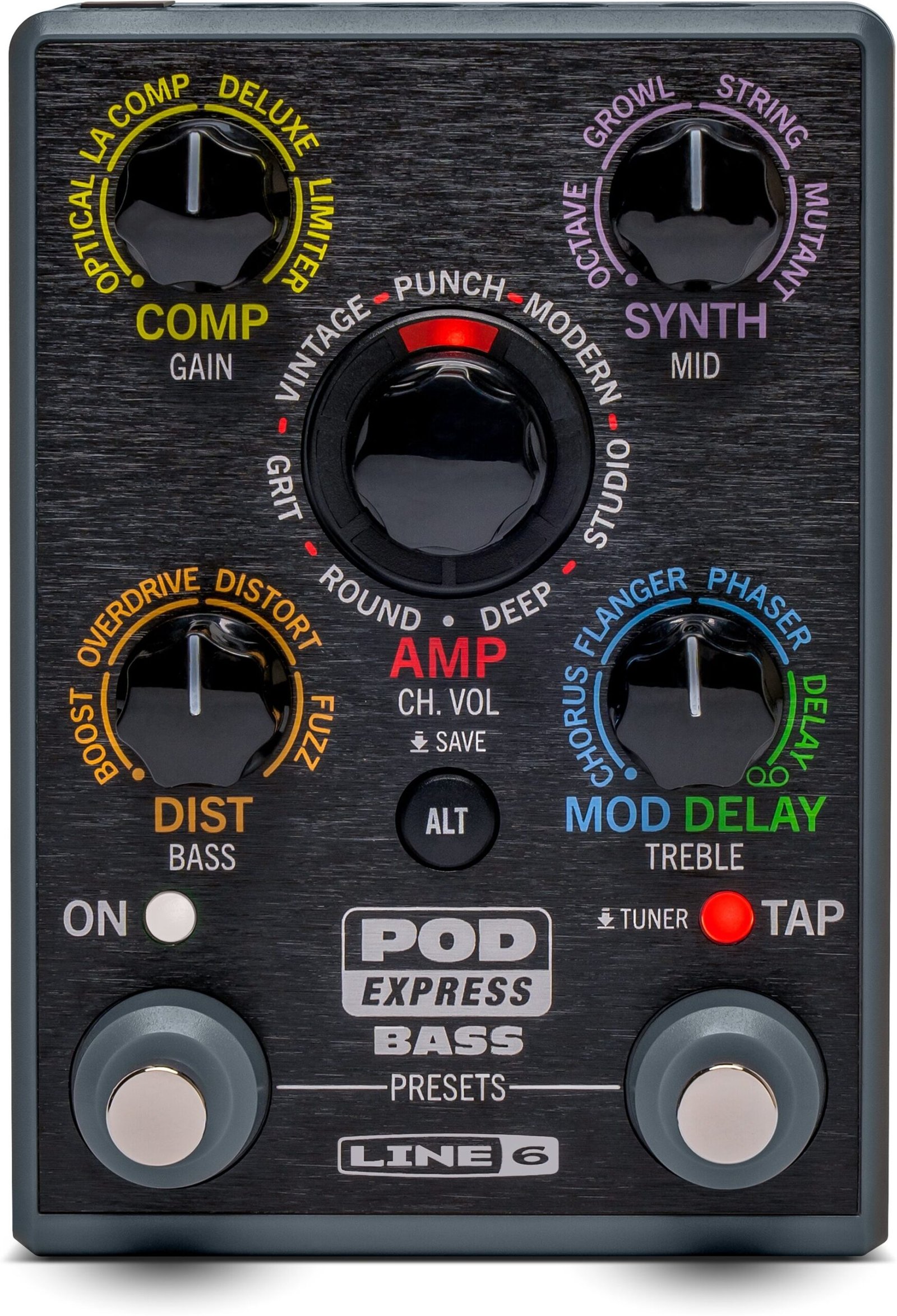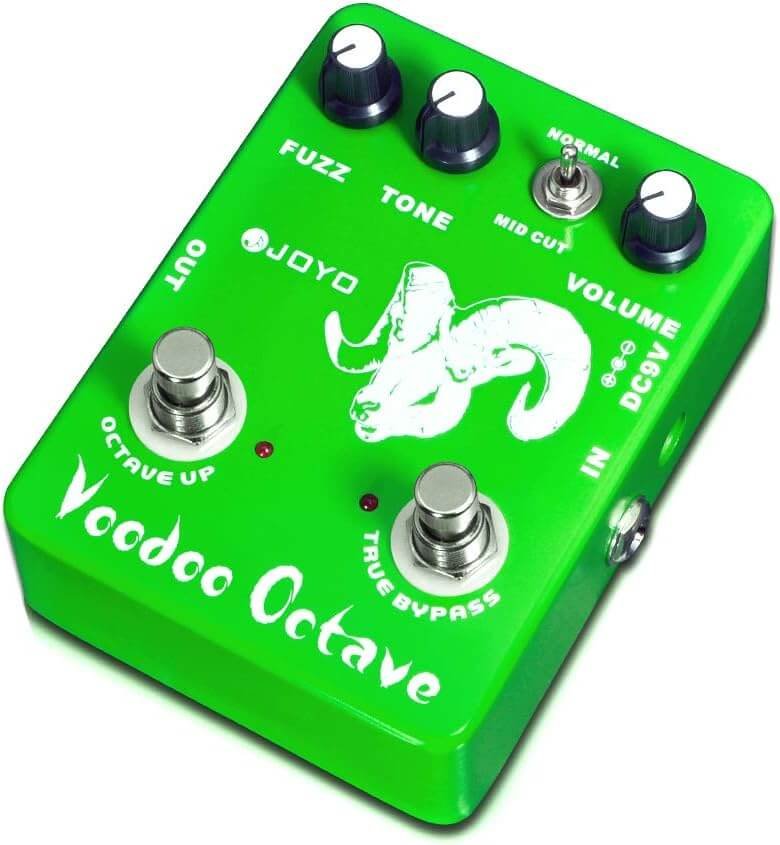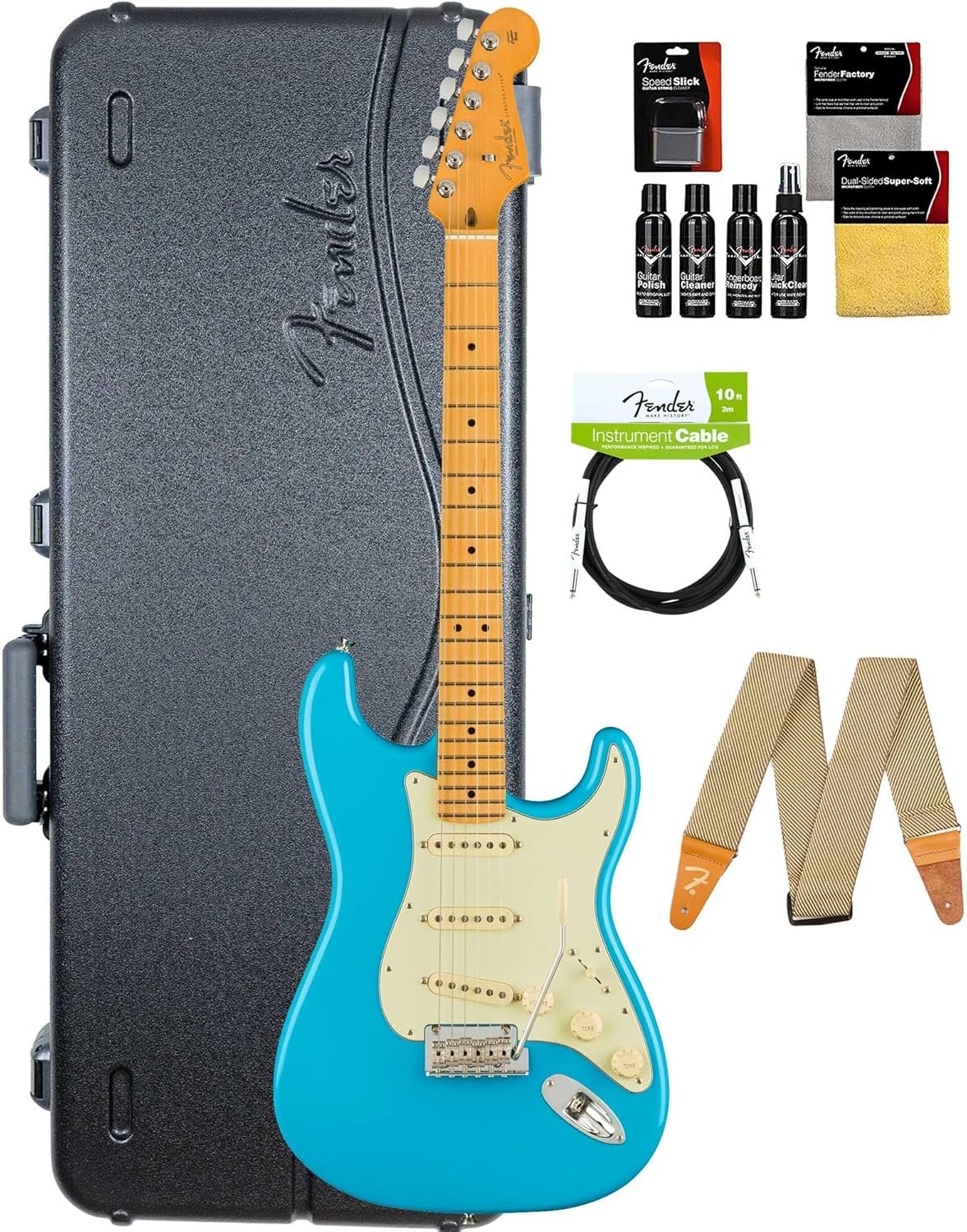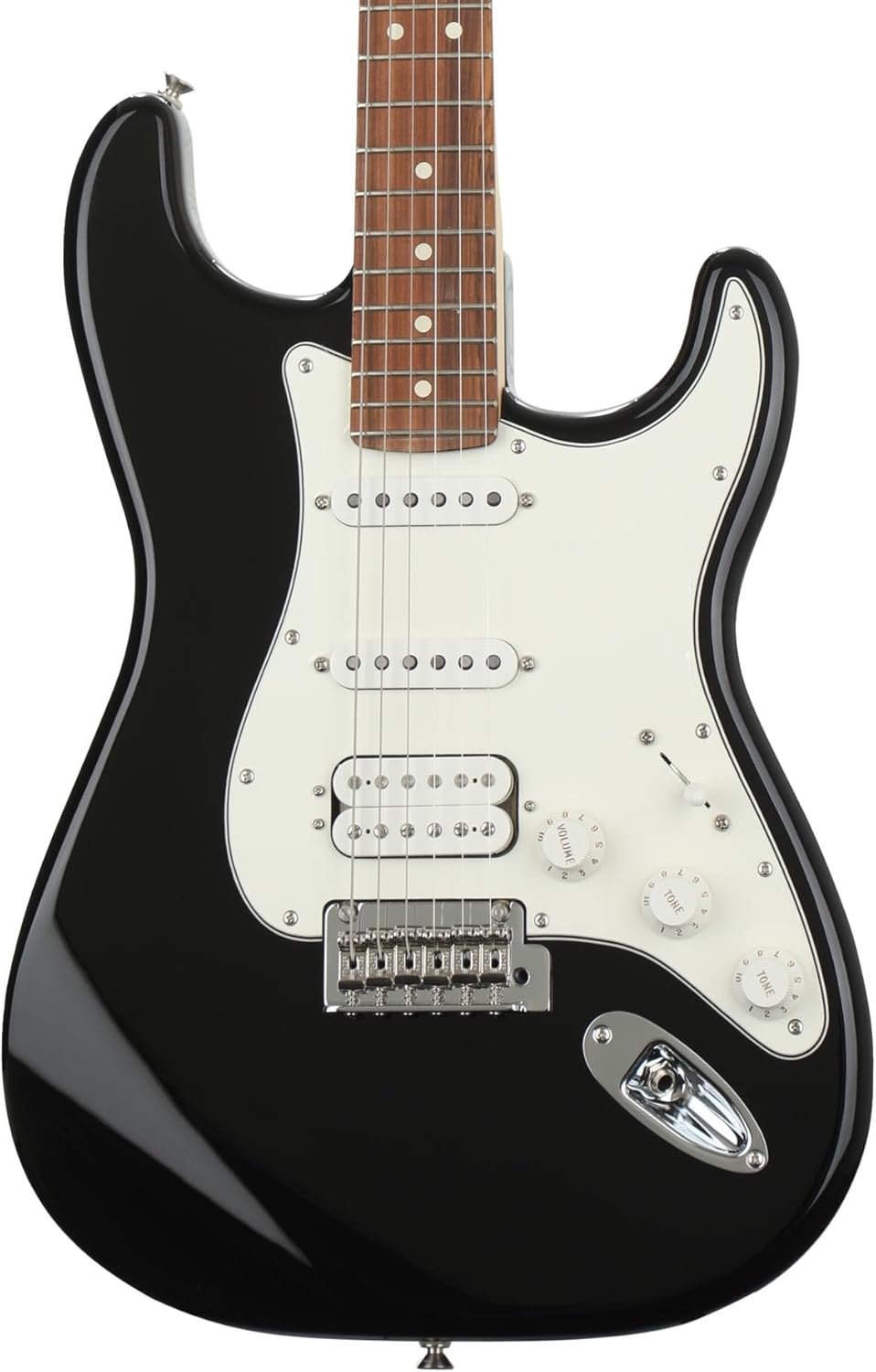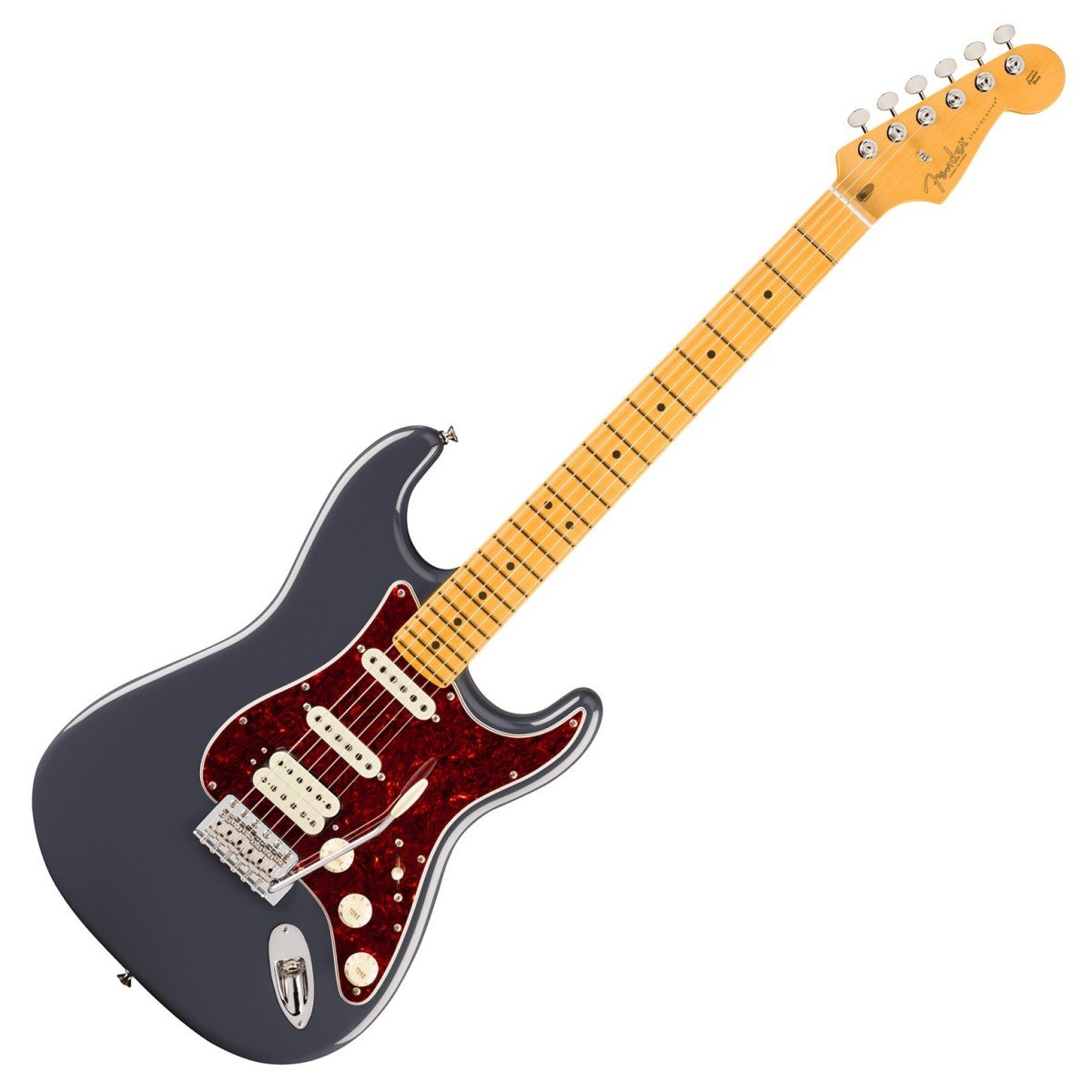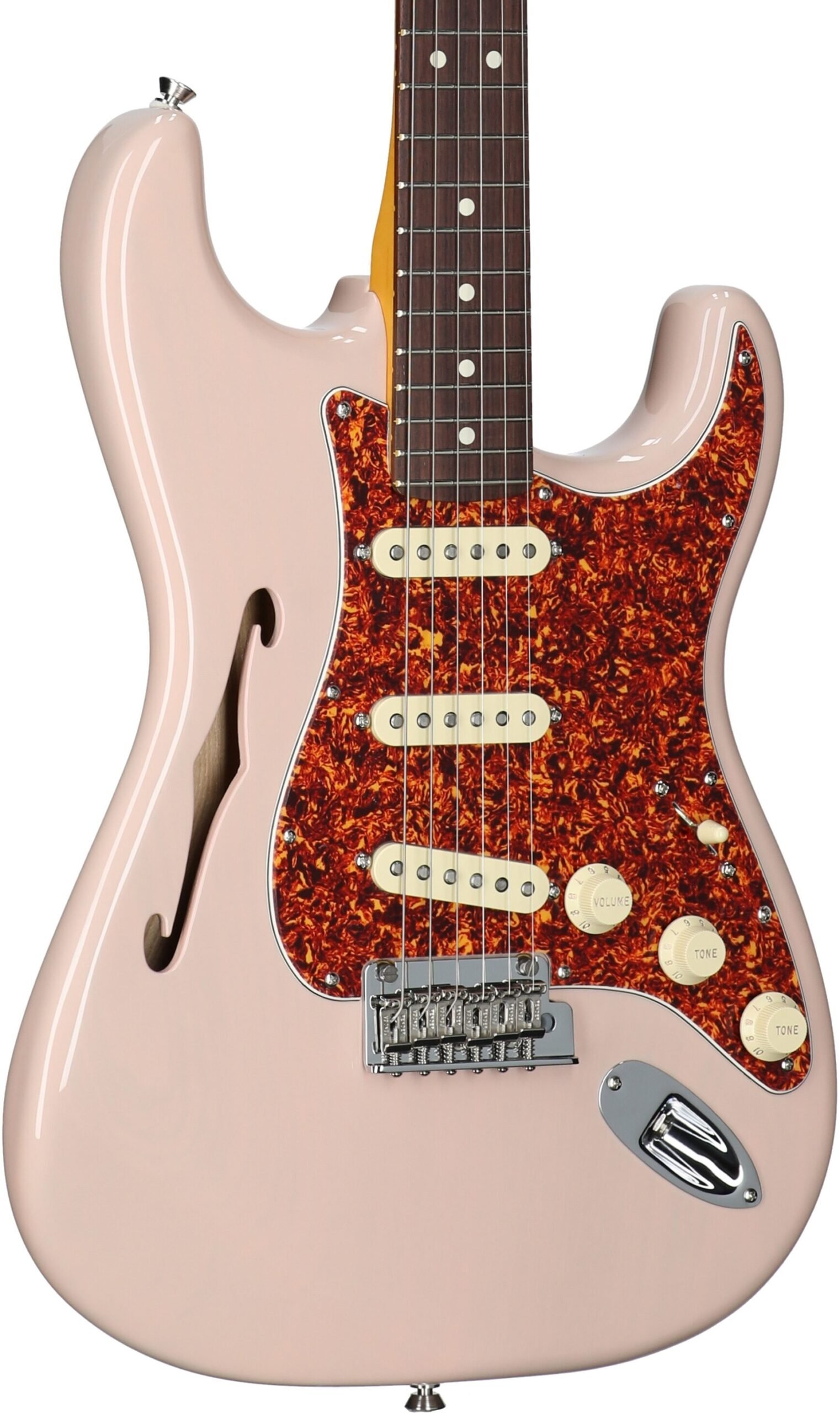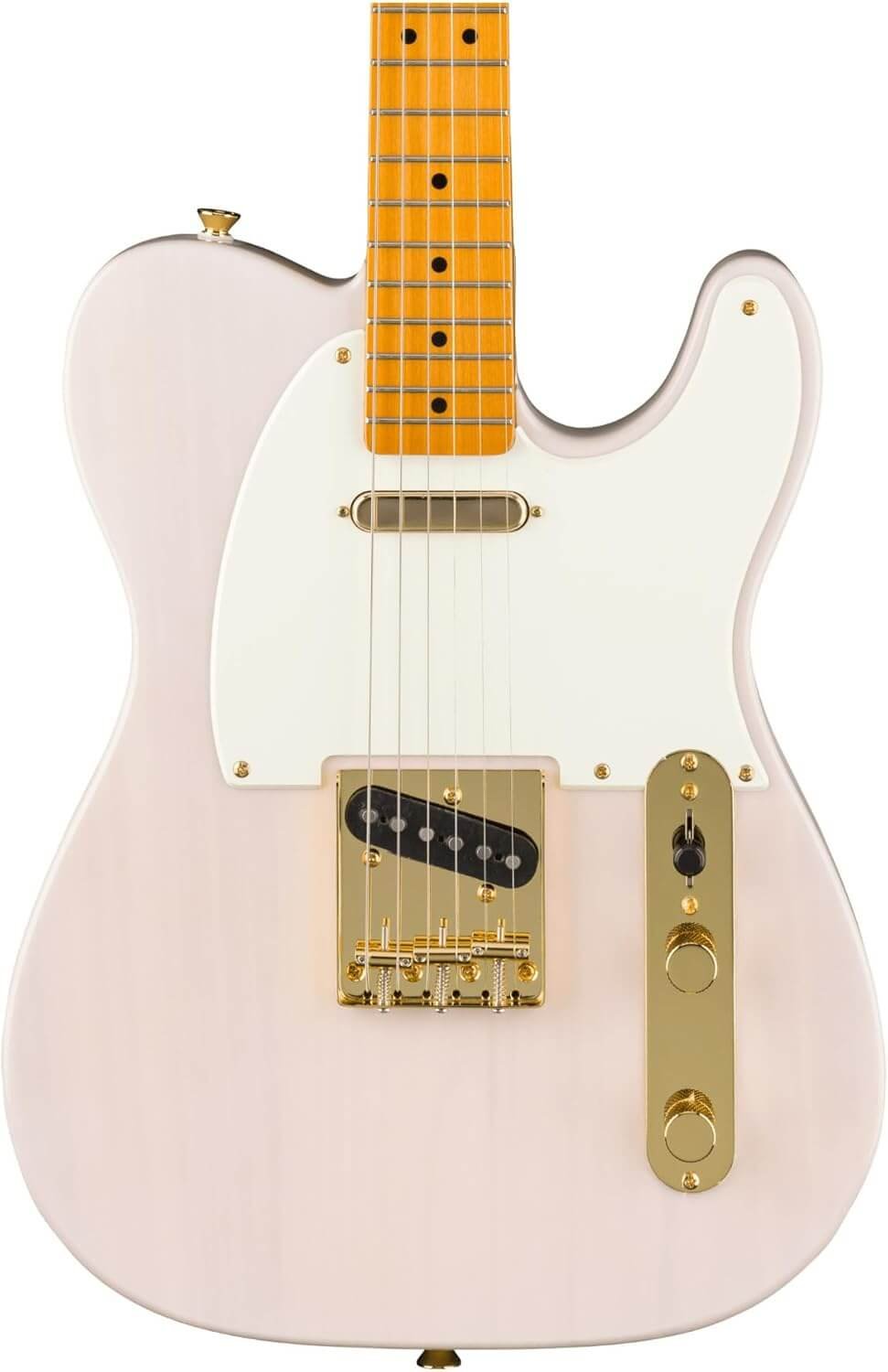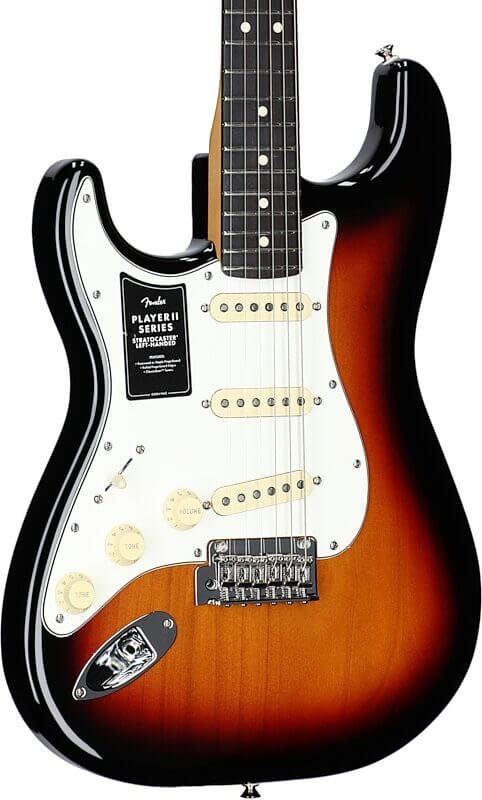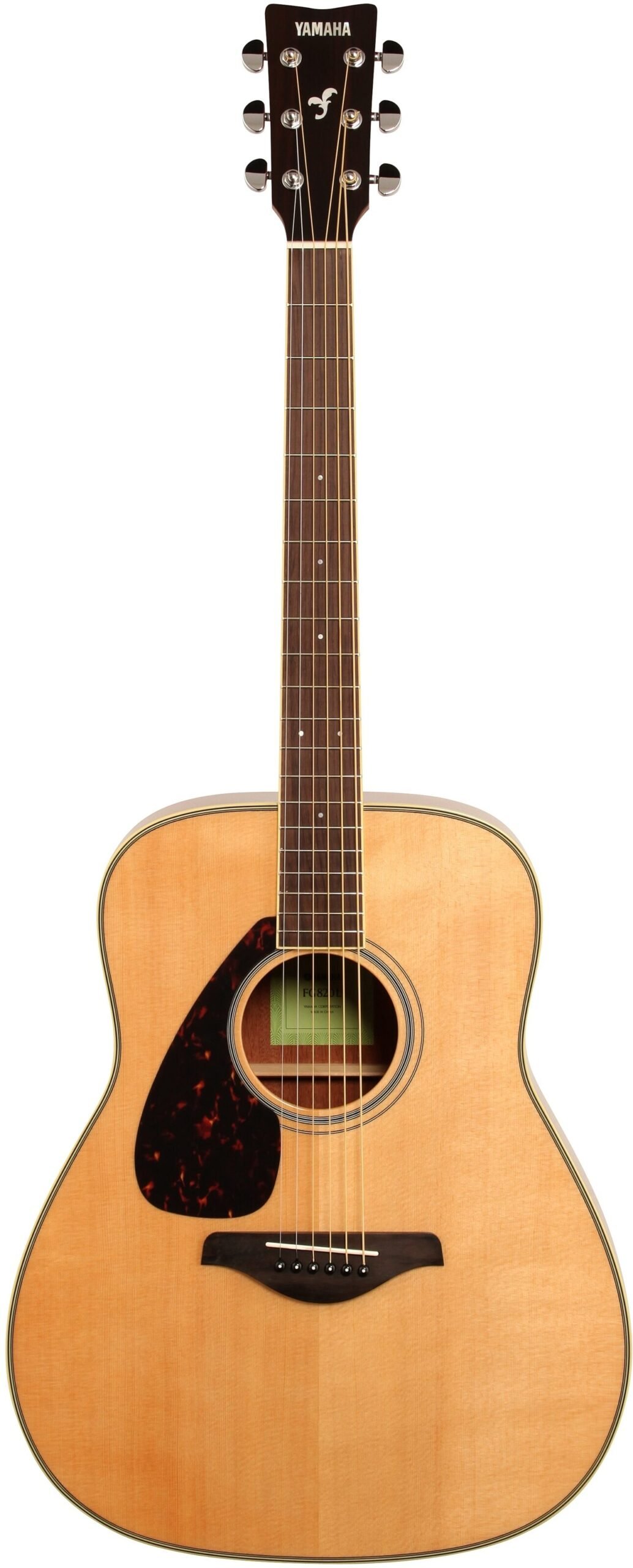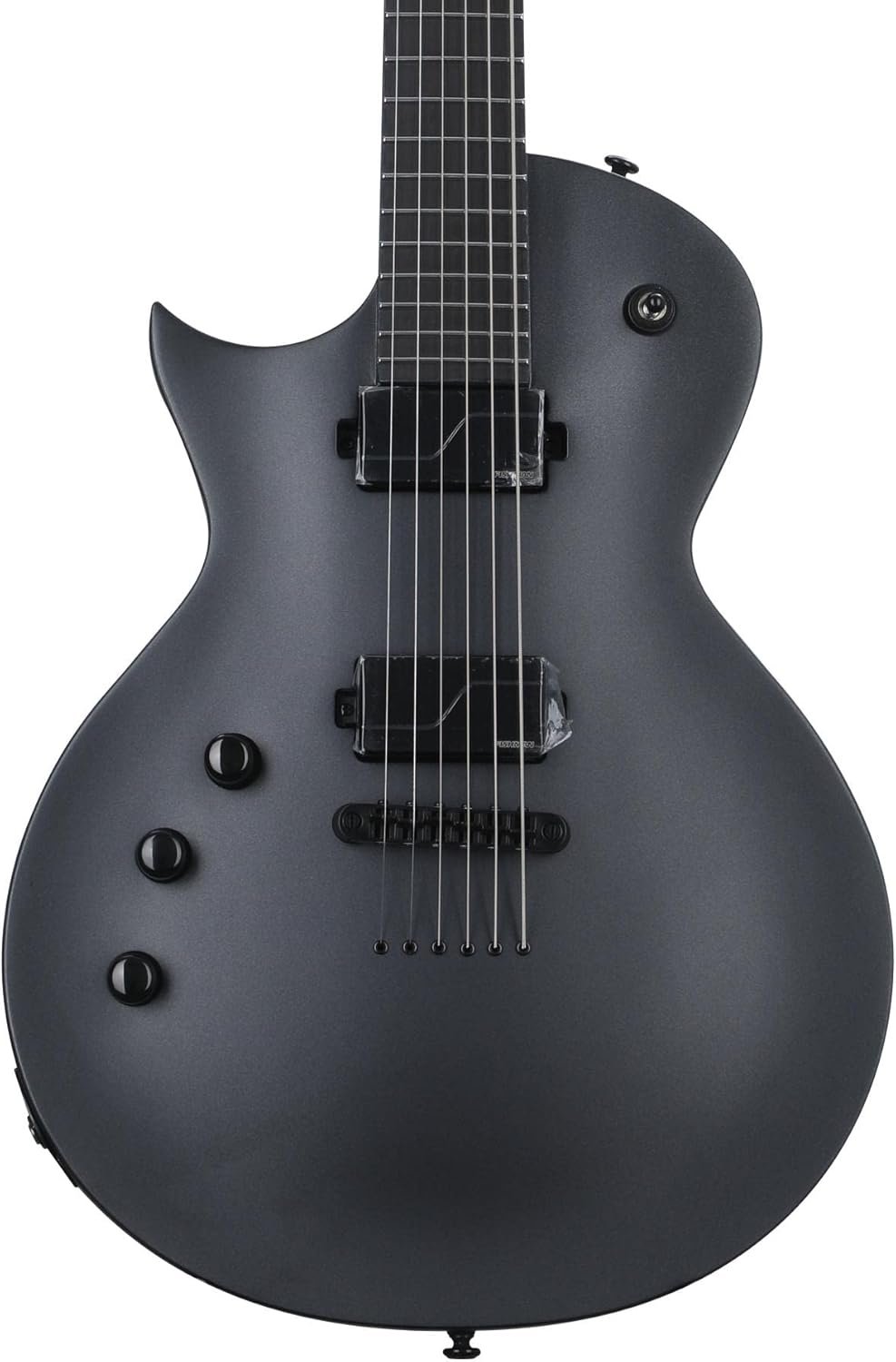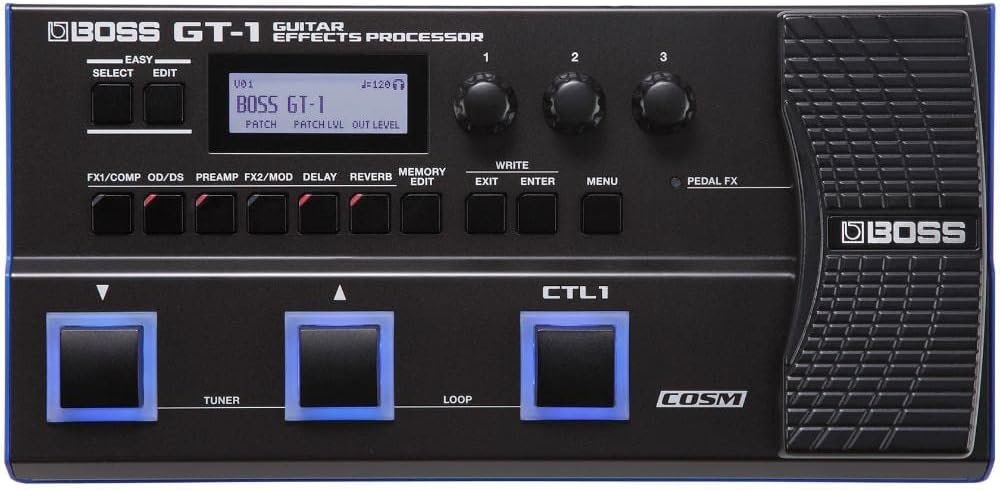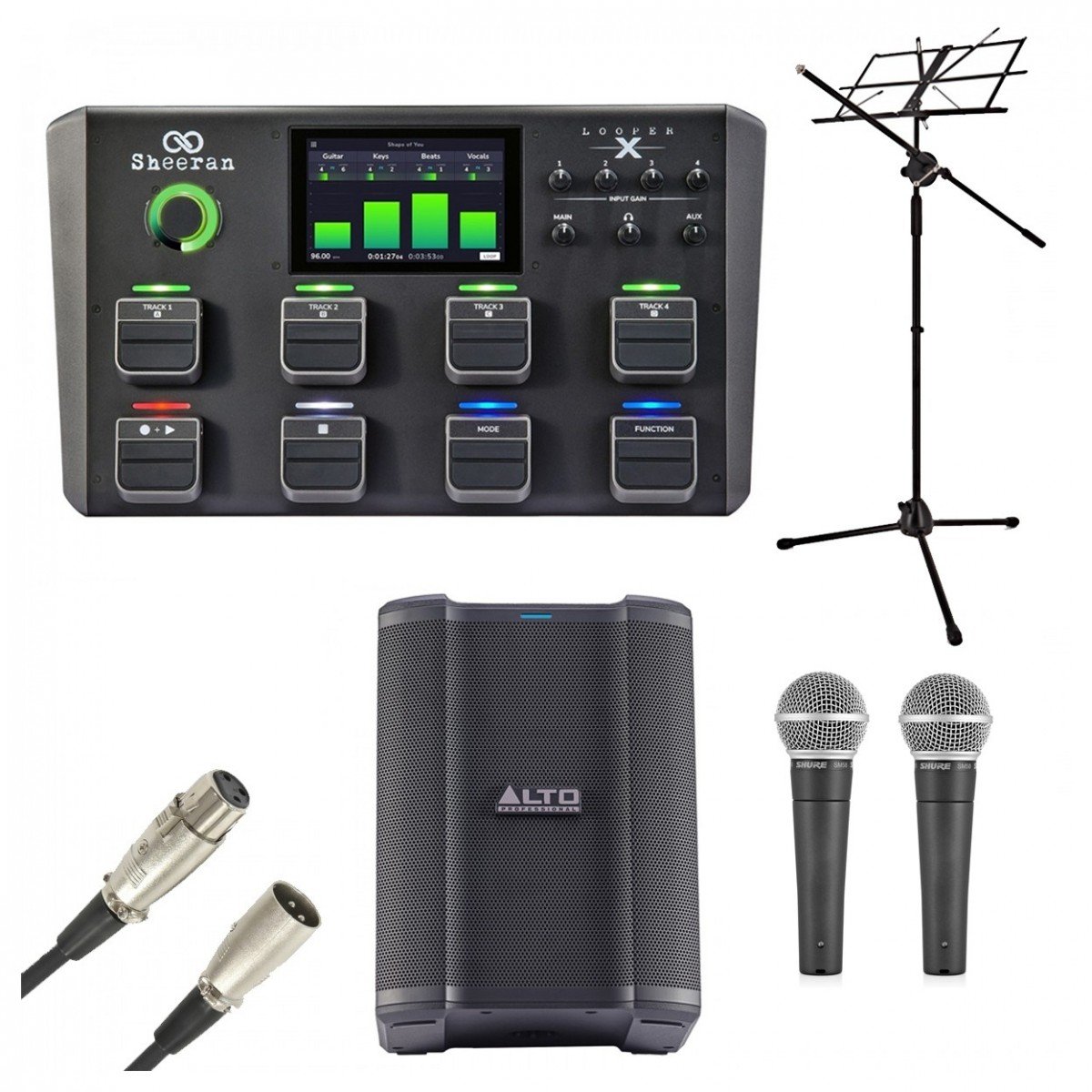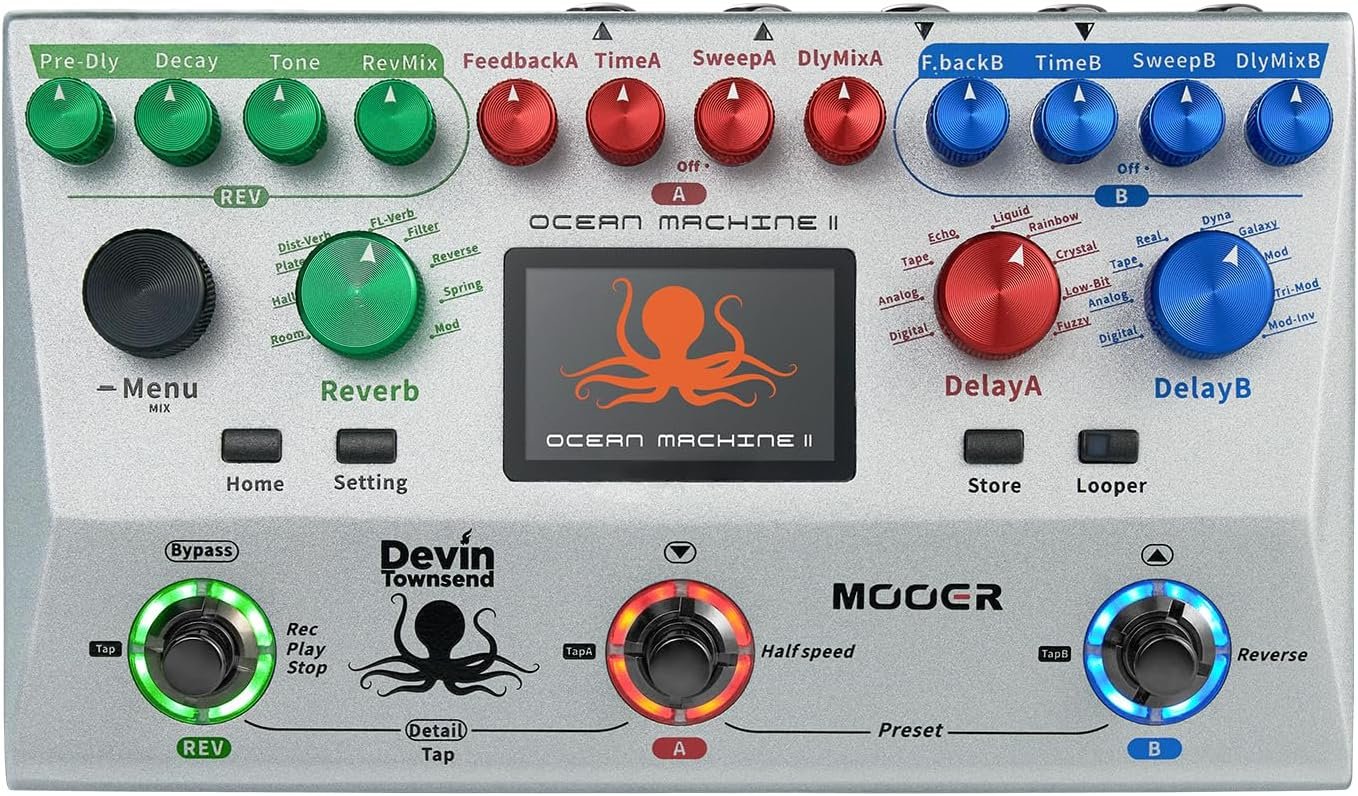Introduction to Guitar Foot Pedals
Guitar foot pedals, often referred to as effects pedals, are essential tools used by musicians to manipulate and enhance the sound of electric guitars. These devices allow guitarists to create a diverse array of tones and effects, from distortion and reverb to delay and modulation. The primary purpose of a foot pedal is to provide musicians the ability to alter their audio output in real-time, enabling creative expression during both live performances and studio recordings.
Over the years, guitar foot pedals have undergone significant technological advancements. In the beginning, musicians relied on simple analog effects, but the advent of digital technology has transformed the landscape. Modern foot pedals are now capable of offering an extensive range of effects while being compact and user-friendly. Many pedals now come with programmable features which allow guitarists to save their preferred settings and switch between them seamlessly during performances. This evolution has bolstered the importance of foot pedals in shaping a guitarist’s unique sound.
The significance of guitar foot pedals is particularly evident in live settings, where artists seek to create an engaging and dynamic performance. The ability to instantly switch between settings without having to engage with intricate equipment ensures that musicians can focus on their artistry rather than technical distractions. Similarly, in studio environments, these pedals provide recording artists with endless possibilities for unique soundscapes, enabling them to experiment with various tones and effects. As we delve into the discussion of the most popular foot pedal of 2025, it is clear that the impact of these devices continues to resonate across different facets of music creation.
The Rise of Multi-Effects Pedals
In recent years, the landscape of guitar effects has undergone a significant transformation, primarily fueled by the rise of multi-effects pedals. These innovative devices combine a variety of effects into a single unit, offering musicians an extensive toolkit of sounds at their fingertips. As 2025 approaches, the popularity of these collectibles has surged, making them an indispensable asset for many guitarists across multiple genres.
The convenience and versatility of multi-effects pedals cannot be overstated. Musicians, particularly those who play different styles such as rock, blues, jazz, or country, find these units essential for switching between tones quickly during live performances. Instead of juggling multiple individual effects pedals, which can be cumbersome and difficult to transport, a multi-effects pedal allows for streamlined functionality. With presets and programmable settings, artists can easily create and save their desired tones, enabling them to focus on their performance rather than technicalities.
Moreover, the technological advancements in the audio processing capabilities of these pedals have dramatically improved the sound quality and variety of effects available. Modern multi-effects pedals now feature sophisticated simulations of classic amplifiers and effects that replicate the sounds of iconic equipment, allowing musicians to achieve a professional-grade tone without the need for extensive setups. This aspect has reshaped the way guitarists approach sound design, making it more accessible to experiment with different sounds and styles.
As the music industry evolves, the influence of multi-effects pedals continues to grow, bridging gaps between genres and encouraging collaboration among musicians. The trend towards this all-in-one solution has characterized the guitar-playing landscape in 2025, underscoring the importance of adaptability and innovation in modern music-making.
Spotlight on the Most Popular Pedal of 2025
As we navigate through 2025, one guitar foot pedal has captured the attention of musicians globally: the Boss DS-2 Turbo Distortion. Renowned for its versatility and performance, this pedal has quickly gained traction among both amateur and professional guitarists. Its robust construction and user-friendly interface make it an appealing choice for various musical styles, solidifying its position as the current favorite in the market.
The Boss DS-2 Turbo Distortion stands out due to its unique dual-mode functionality, which allows musicians to switch between two distinct distortion settings. The first mode provides a classic distortion sound that many guitarists find appealing for rock and blues, while the second mode offers an enhanced distortion effect that is particularly suited for heavier genres such as metal. This flexibility ensures that players can achieve their desired tone without the need for multiple pedals, simplifying their setup.
In terms of specifications, the DS-2 features a high-quality circuit design that maintains the integrity of the guitar’s original signal. Its controls include Level, Tone, and Distortion, allowing for precise adjustments to suit individual preferences. Weighing in at only 0.7 pounds, this pedal is lightweight yet durable, making it an ideal companion for touring musicians. It also comes equipped with a 9V power supply, further enhancing its convenience and usability during performances.
Moreover, the Boss DS-2 is known for its reliability on stage and in the studio, which is critical for musicians seeking consistency in their sound. With its combination of innovative features, exceptional sound quality, and ease of use, it’s no surprise that the Boss DS-2 Turbo Distortion has become the go-to guitar foot pedal of 2025, outperforming its competitors and setting new standards in the industry.
Key Features and Benefits
The featured guitar foot pedal of 2025 has garnered attention for its exceptional sound quality, unparalleled versatility, intuitive user interface, and robust durability. Each of these key features contributes significantly to its widespread popularity among musicians across various genres.
Sound quality is paramount for any foot pedal, and this model excels in delivering a rich, clear audio experience. Musicians can expect to achieve a full range of tones, which enhances their performance, whether in a studio or live setting. The pedal incorporates advanced audio processing technology, ensuring minimal signal loss and superior fidelity. This feature attracts guitarists who prioritize pristine sound in their craft.
Another remarkable aspect is its versatility. This foot pedal is designed to accommodate various genres, from rock to jazz, allowing players to experiment with different sounds and textures. The ability to customize settings means that each guitarist can find their signature tone, making it a valuable tool for both beginners and seasoned professionals. Its wide array of effects, including distortion, delay, and reverb, offers musicians endless creative possibilities.
The user interface of the pedal is intuitively designed, which simplifies operation during live performances. The clearly labeled controls and responsive foot switches ensure that musicians can make quick adjustments without detracting from their playing. This accessibility is particularly beneficial for those who perform frequently, as it allows them to focus on their music instead of struggling with complicated equipment.
Finally, durability is a key feature that enhances the pedal’s appeal. Constructed with high-quality materials, it withstands the rigors of frequent use and transport. Guitarists can rely on this pedal to perform consistently over time, making it an essential addition to their gear. Its combination of sound quality, versatility, user-friendly design, and proven durability underscores why this foot pedal has become a favorite among musicians in 2025.
Notable Artists and Their Experiences with the Guitar Foot Pedal
The top guitar foot pedal of 2025 has gained significant traction among a diverse array of notable musicians, spanning various genres and styles. Renowned guitarists like John Mayer and Eric Clapton have integrated this innovative pedal into their setups, attributing unique tonal qualities to its effects. Mayer, known for his blues-infused rock style, often emphasizes the pedal’s ability to create rich, textured leads that enhance his emotive playing. The pedal has become an essential tool for artists who wish to elevate their performances, allowing for seamless transitions between rhythm and lead guitar work.
Additionally, artists such as St. Vincent and The Edge have also embraced the foot pedal, showcasing its versatility in both live and studio environments. St. Vincent has utilized it to craft intricate soundscapes, blending traditional guitar tones with experimental effects. Her usage emphasizes the pedal’s ability to produce ambient sounds that complement her distinct artistic vision. On the other hand, The Edge uses the pedal to enhance the atmospheric textures that characterize much of U2’s music, allowing for iconic delayed sounds that are hallmarks of his playing style.
Furthermore, emerging artists like Billie Eilish’s guitarist, who has incorporated it into their live performances, demonstrate the pedal’s relevance within contemporary music. The ease of use and instantaneous response have made it a favorite among musicians looking to push creative boundaries. Many note the pedal’s reliability and simplicity, regardless of the performance venue, making it suitable for both intimate settings and large-scale concerts. As more musicians discover its potential, the guitar foot pedal continues to redefine modern guitar playing, contributing to unique sounds and evolving musical styles.
In-Depth Sound Analysis
The featured guitar foot pedal of 2025 has quickly gained recognition among musicians for its remarkable sound capabilities. Characterized by a rich tonal palette, this pedal offers a diverse range of sounds that cater to various genres, from rock and blues to jazz and electronic music. Musicians will find that this pedal enhances their overall tone, allowing for the creation of distinctive soundscapes.
At its core, the pedal exhibits a unique tonal quality that blends warmth and clarity. It excels in producing overdriven effects, which provide a smooth, creamy texture to the sound, making it ideal for solos and expressive lead guitar playing. Additionally, the pedal incorporates modulation effects, including chorus and flanging, contributing to a lush and expansive sound. These effects can be particularly effective in creating atmospheric layers in compositions, enhancing both live performances and studio recordings.
Moreover, the pedal features a versatile range of distortion levels, from subtle overdrive to full-on fuzz, enabling musicians to tailor their sound according to their specific needs. Guitarists can seamlessly switch between different modes to achieve various styles, allowing for dynamic expression across their sets. This adaptability makes it a valuable tool for both rhythm and lead guitarists.
In terms of sound utilization, the pedal responds exceptionally well to playing dynamics. Musicians can explore the nuances of their performances, as the pedal reacts sensitively to articulation and touch. This responsiveness ensures that the subtle variations in playing style are clearly represented in the sound output. Overall, the featured guitar pedal stands out not only for its options but also for its astute ability to capture the essence of a musician’s interpretation. Understanding these tonal characteristics can greatly enhance a guitarist’s creative process, fostering a deeper connection between the performer and their instrument.
Comparative Analysis with Other Pedals
In the ever-evolving market of guitar foot pedals, many models vie for the attention of musicians. Among the prominent contenders, the featured pedal of 2025 stands out due to its unique features and functionality. When evaluating this pedal against popular models such as the Boss DS-1 and the MXR Phase 90, several strengths and weaknesses emerge that illustrate why it remains the preferred choice for many guitarists.
One of the primary advantages of the featured pedal is its versatility. Unlike the Boss DS-1, which is primarily known for its distortion capabilities, the featured pedal incorporates multiple effects in a single unit. This multifunctionality allows musicians to experiment with a wide range of sounds without having to switch between various pedals, making it both practical and efficient during live performances. Additionally, unlike the MXR Phase 90, which can sometimes overwhelm with its complex modulation options, the featured pedal offers intuitive controls that facilitate quick adjustments, appealing to both novice and experienced players alike.
However, every pedal comes with its drawbacks. The compact design of the featured pedal may not resonate well with musicians seeking a more robust construction, often found in the Boss models. Some users may prefer the sturdiness and tactile feedback provided by these traditional designs, especially during high-energy performances. Additionally, while the featured pedal excels in providing diverse sound options, some audiophiles may argue that it does not quite achieve the same signature tones associated with dedicated, premium-level pedals, such as the Ibanez Tube Screamer.
Ultimately, the balance between versatility and tonal range plays a crucial role in the decision-making process for many guitarists. The featured pedal’s ability to adapt and provide a breadth of effects remains a defining characteristic. As musicians weigh their options, this pedal continues to garner attention and loyalty, carving out its niche in the competitive landscape of guitar effects.
Where to Buy and Pricing Considerations
As the popularity of the top guitar foot pedal of 2025 continues to rise among musicians, it’s essential for aspiring buyers to know where to purchase this sought-after equipment. The pedal is available through various channels, including brick-and-mortar music stores, online retailers, and specialized instrument websites. Visiting local music shops can provide the advantage of hands-on experience and expert advice, allowing musicians to test the pedal before making a purchase. Additionally, a friendly staff can offer insights into the pedal’s features and suitable alternatives, which can be invaluable for discerning musicians.
Online platforms, such as major e-commerce websites, typically offer a more extensive selection, often at competitive prices. Websites dedicated to musical equipment also frequently have user reviews that can be helpful in evaluating the pedal’s performance and reliability. However, one caveat of purchasing online can include shipping costs and potential delays, so careful consideration of these factors is necessary when choosing this method of acquisition.
When it comes to pricing, musicians should expect a range of prices for the top guitar foot pedal of 2025, usually starting from $100 and going upwards to $300, depending on the brand and features. Budget-conscious musicians should keep an eye out for sales or seasonal promotions that many retailers offer. Additionally, exploring the option of purchasing used equipment can significantly reduce costs. Sites specializing in second-hand gear or local classified ads often have gently used pedals available at a fraction of the original price. It is prudent, however, to ensure that the used pedal is in good working condition before finalizing a purchase.
Conclusion: The Future of Guitar Foot Pedals
The guitar foot pedal landscape has witnessed significant transformation, and the model discussed in this blog post exemplifies how innovation continues to shape musicians’ experiences. As guitarists increasingly embrace effects pedals that enhance their sound, the focus on versatility and quality is becoming paramount. This particular pedal stands out not just for its technical capabilities but also for its user-friendly design, which caters to both novices and seasoned musicians alike.
Analyzing the growing enthusiasm surrounding this guitar foot pedal of 2025 highlights broader trends within the industry. The rise of digital technology has allowed for more sophisticated sound manipulation, enabling players to access a wider range of effects and tonal possibilities. Consequently, we may anticipate future pedal designs to incorporate advanced features, such as improved connectivity with digital audio workstations and enhanced compatibility with a variety of instruments. Additionally, light-weight materials and compact designs are likely to further capture the market’s attention, making it easier for musicians to transport their gear.
Moreover, as the popularity of this pedal continues to ascend, we might also see a response from manufacturers in terms of new releases that aim to outperform the current standard. Factors such as sustainability and eco-friendly materials could introduce a new dimension to the market, aligning with the growing trend toward environmentally conscious consumerism. The next wave of guitar foot pedals may harness sustainability while still maintaining the high-performance standards players expect.
In conclusion, the current traction of this guitar foot pedal not only reflects the preferences of today’s musicians but also paves the way for future advancements in the guitar effects industry. As technology evolves and musicians’ needs change, the adaptability and innovation of guitar foot pedals remain essential in meeting the ever-growing demands of guitarists around the globe.

